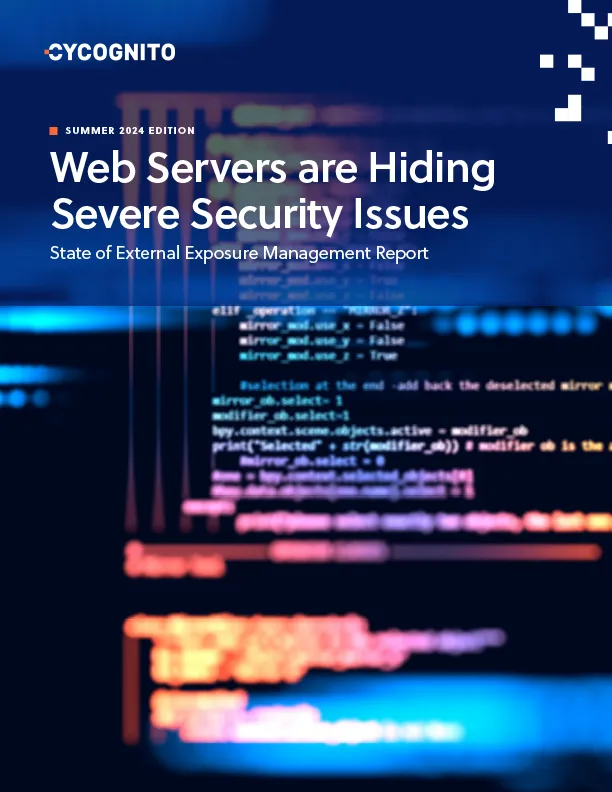Cybersecurity Glossary
Web Application Firewall (WAF)
A web application firewall (WAF) is a security device that protects web applications from a variety of attacks, including SQL injection, cross-site scripting (XSS), and distributed denial-of-service (DDoS) attacks.
A WAF sits between the web application and the internet, and it monitors and filters all traffic to and from the application. If the WAF detects any malicious traffic, it can block it before it reaches the web application..
WAFs are important because web applications are often targeted by attackers. Web applications are typically more complex and vulnerable than traditional websites, and they can contain sensitive data such as customer information or financial data. By protecting web applications from attacks, WAFs can help to keep organizations safe from data breaches and other security incidents.
See Also
Learning Center  Application Security
Application Security
WAF Security: 6 Key WAF Capabilities and Implementation Tips
 Application Security
Application SecurityA WAF is a specific form of firewall designed to monitor, filter, and block data packets as they travel to and from a web application.
Platform > Features
Active Security Testing
CyCognito Active Security Testing enhances your defense with expert security testing services. Learn how security testing helps protect digital assets.
CyCognito Report
State of External Exposure Management, 2024 Edition
Critical vulnerabilities often hide in plain sight—especially in your web servers.
The report is a must-read for understanding today’s external risks and how to prioritize them effectively. Download the report to stay ahead of emerging threats and strengthen your security posture for 2025.
